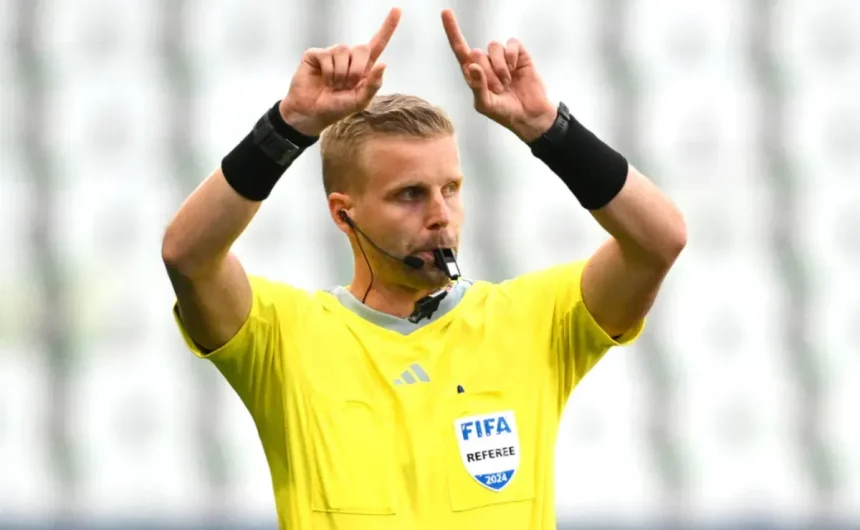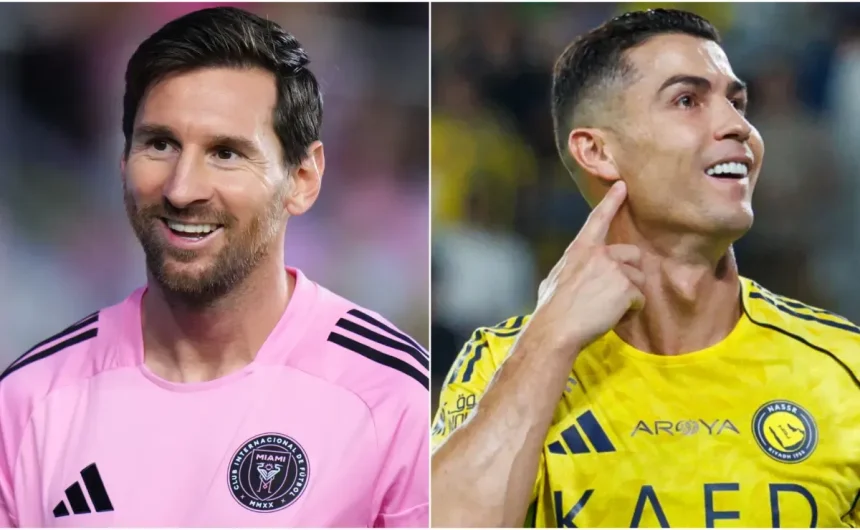Soccer fans are used to the drama of referees reaching for yellow and red cards, but at the U-20 World Cup in Chile, a new color has suddenly entered the spotlight: green. The announcement by FIFA stunned many, and within the first week of the tournament, this innovation was already making headlines. Coaches, players, and fans alike were left asking the same question: what does it mean, and how does it work?
The world first saw the mysterious green rectangle flash in South Korea’s 2-1 loss to Ukraine and again in Morocco’s 2-0 victory over Spain. In the latter, the use of this new tool even changed the outcome of a key moment in the match. It was not a referee who produced it but a coach, and for the first time in a FIFA tournament, a controversial decision was overturned because of it. For supporters in the stands and those watching on television, the reaction was instant: soccer had just taken another step into uncharted territory. But the question lingered—what exactly was this card meant to do?
The most high-profile incident came during Morocco vs. Spain. When the referee awarded Spain a penalty, Moroccan coach Mohamed Ouahbi disagreed vehemently. Instead of relying only on protests from the sidelines, Ouahbi reached for the green card. That single act forced a review of the decision. After watching replays, the referee reversed the call and rescinded the penalty.
As Spanish players looked stunned, history was made. This was the first time that a coach’s direct intervention through a card changed the course of a FIFA competition. Moroccan fans erupted in celebration, while observers worldwide debated whether the move enhanced fairness or undermined the referee’s authority.
VAR referee
Only a day earlier, South Korea’s coach Lee Chang-won had attempted the same in his side’s game against Ukraine. His appeal, however, did not result in a change, showing that the card could be powerful—but not automatic.
What is the green card?
So, what is this innovation? FIFA has confirmed that the green card is part of a pilot project introduced at the U-20 World Cup. Unlike yellow and red cards, which carry disciplinary consequences, the green card has an entirely different role.
According to FIFA’s announcement: “The green card is a tool for coaches, giving them the right to challenge refereeing decisions during a match. It is linked to the Soccer Video Support (FVS) system, a lighter alternative to VAR designed for tournaments where full video officiating is not available.”
Each coach is allowed two challenges per game. The card can be used to review decisions related to:
- Penalties
- Goals (allowed or disallowed)
- Red cards
- Mistaken identity (where the wrong player is booked or sent off)
When the green card is shown, the referee personally goes to the monitor to review the incident, without assistance from a VAR booth. If the coach’s challenge is successful, the team keeps the right to use the card again later. If not, they lose one of their two permitted appeals.












